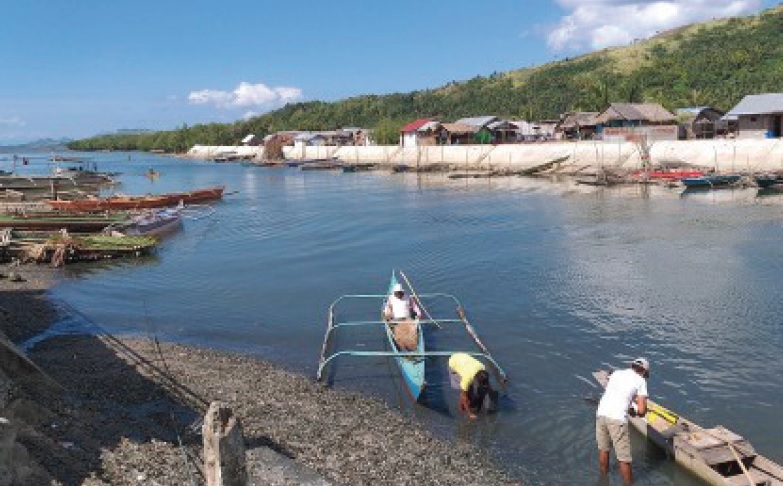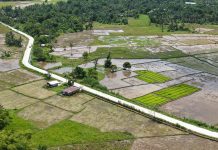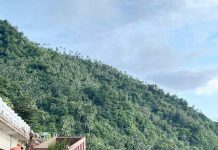
TACLOBAN CITY -The poverty-stricken coastal town of Jiabong, Samar has been losing millions of pesos since last week as red tide infestation compelled authorities to impose a shellfish ban, affecting the livelihood of over a thousand fishermen.
The Bureau of Fisheries and Aquatic Resources (BFAR) said shellfish ban has been enforced in Jiabong town’s Maqueda Bay since July 12 due to the high presence of red tide toxins in both seawater and shellfish meat.
“The livelihood is really affected, but we cannot compromise public safety since paralytic shellfish poisoning has killed people in Samar in the past. I hope this will end soon as we approach the rainy season,” said BFAR Regional Director Juan Albaladejo.
The fifth class town is known as the region’s top producer of green mussel producing about 200 sacks of green mussels daily with each sack traded at P1,500.
The town has been losing P300,000 daily or over P2 million since July 12.
Jiabong serves as a central trading center from where mussels are shipped to Metro Manila, Davao City, Bicol, Cebu City and other parts of the country.
If an area is red tide positive, the fisheries bureau prohibits the public from eating, harvesting, marketing, and buying bivalve marine products and Acetes sp. (small crustaceans) from it until such time that the toxicity level has gone down below the regulatory level.
For green mussel farmer Jaime Godin, 60, the red tide bloom in Jiabong town means hunger.
In an earlier interview, Godin, a father of six, said life is hard every time their town is hit by the toxic red tide with his family losing up to P30,000 every harvest season. The worst algal bloom was in August 2017 that lasted for six months, according to him.
He shared that if there is a shellfish ban, people don’t buy any type of seafood. “Nobody wants to extend a loan to us because they are aware that we have no money to pay them back.”
Godin is just one of the 1,130 fishermen in this town dependent on green mussel, locally known as “tahong”.
The first red tide phenomenon in the country was recorded in Samar on June 21, 1983, that killed 21 people and hospitalized nearly 300 people.
Since then, red tide recurrence has been episodic, resulting in sudden economic losses, and sometimes leading to unexpected loss of lives.
Red tide is a term used to describe a phenomenon where the water is discolored by high algal biomass or the concentration of algae. The discoloration may not necessarily be red in color, but it may also appear yellow, brown, green, blue or milky, depending on the organisms involved.
Aside from Maqueda Bay, also tagged as red tide positive are San Pedro Bay in Basey and Marabut towns, Silanga Bay in Catbalogan City, Irong-Irong Bay in Catbalogan City, and Cambatutay Bay in Tarangnan town.
(SARWELL Q. MENIANO/PNA)



